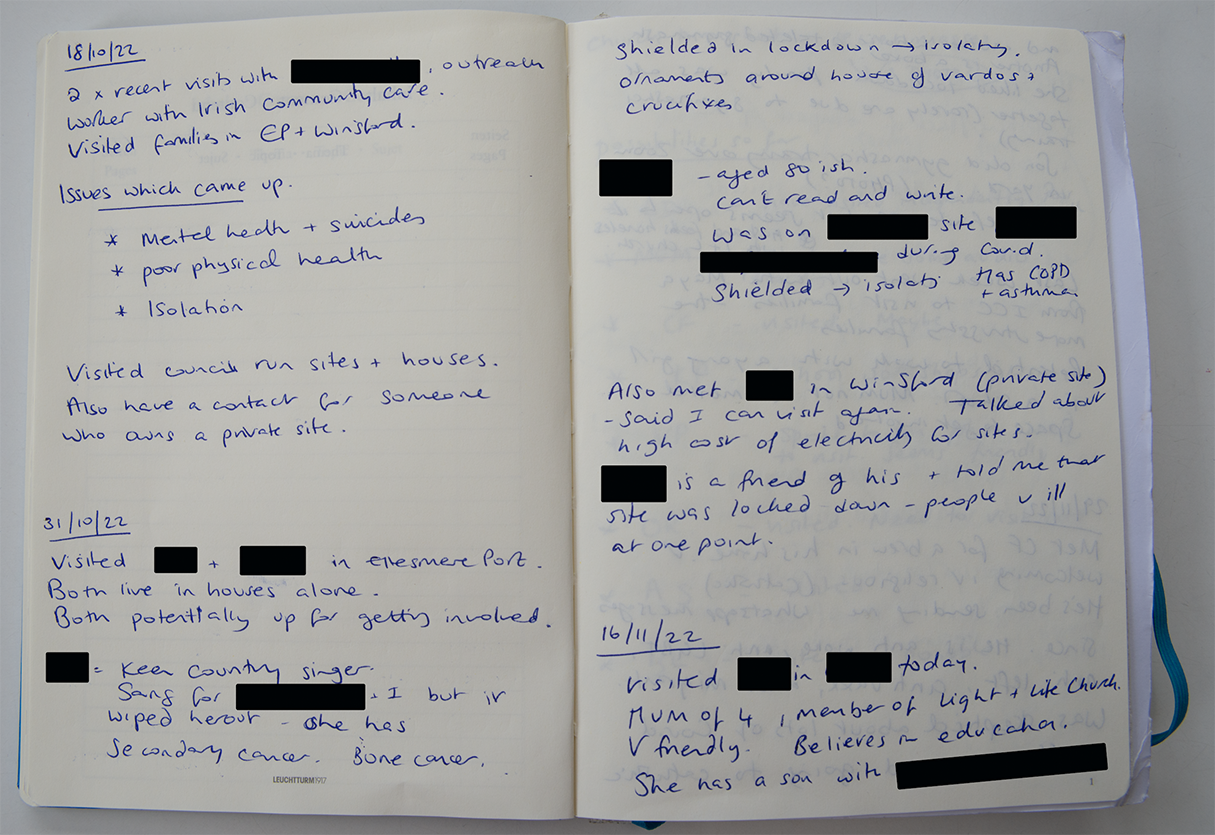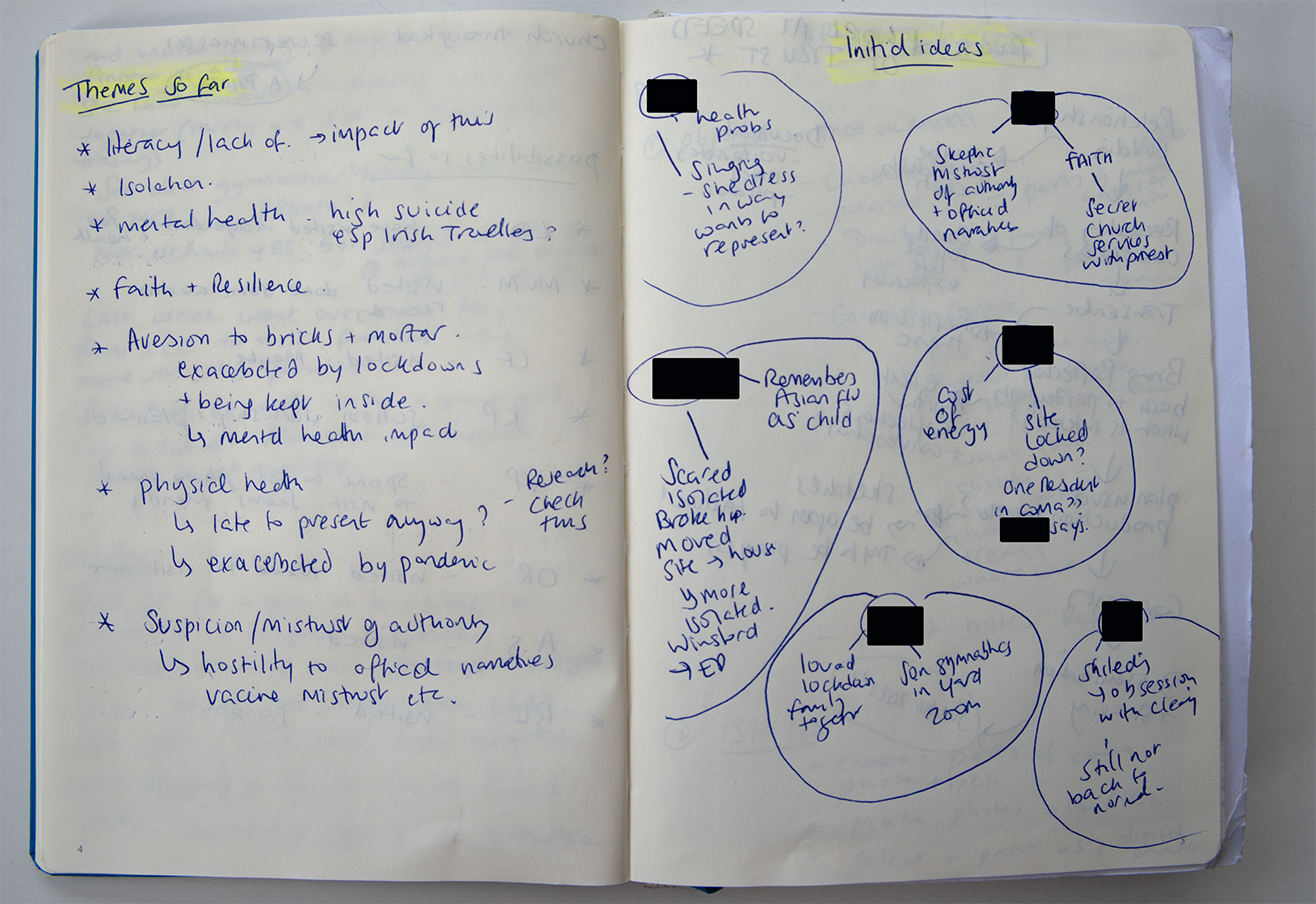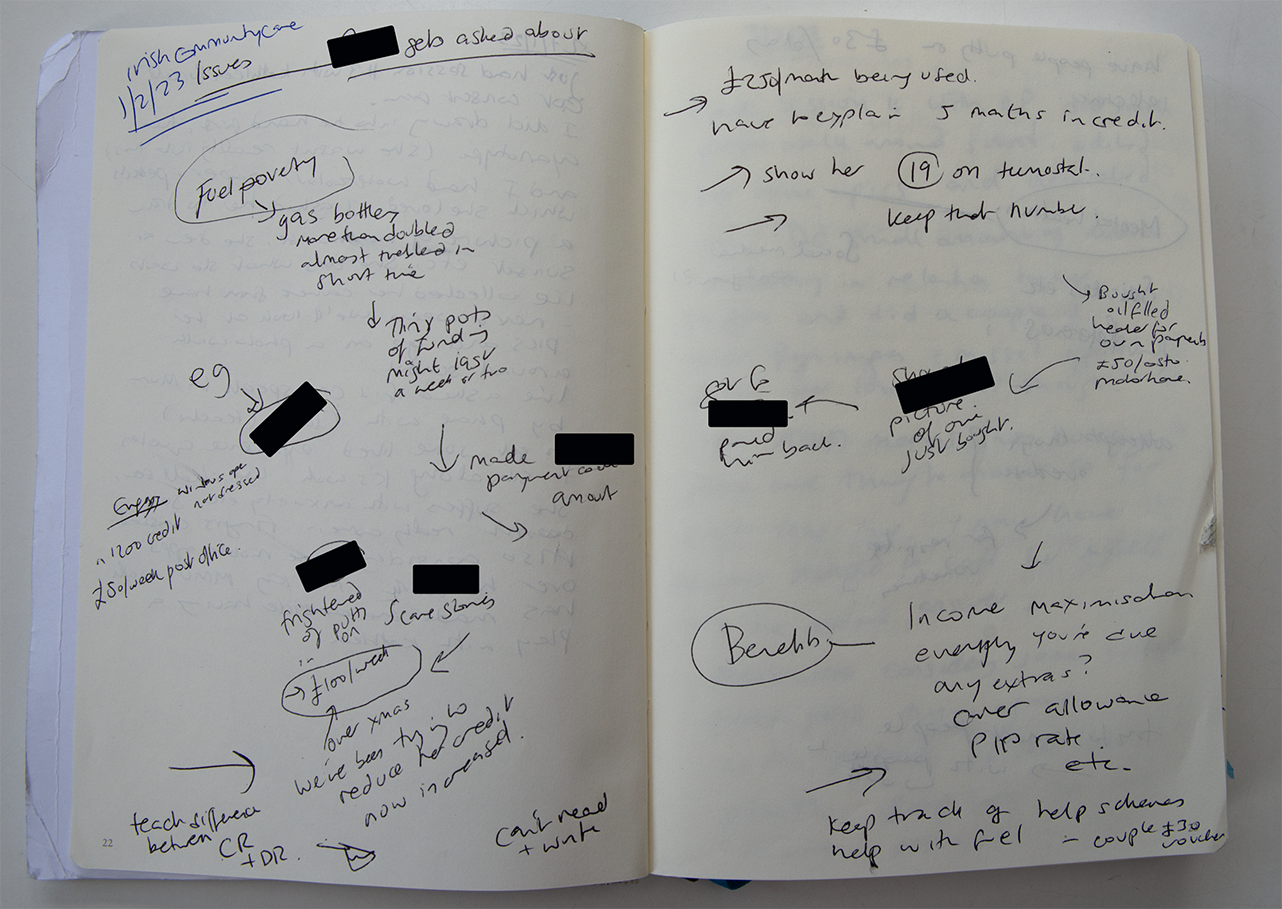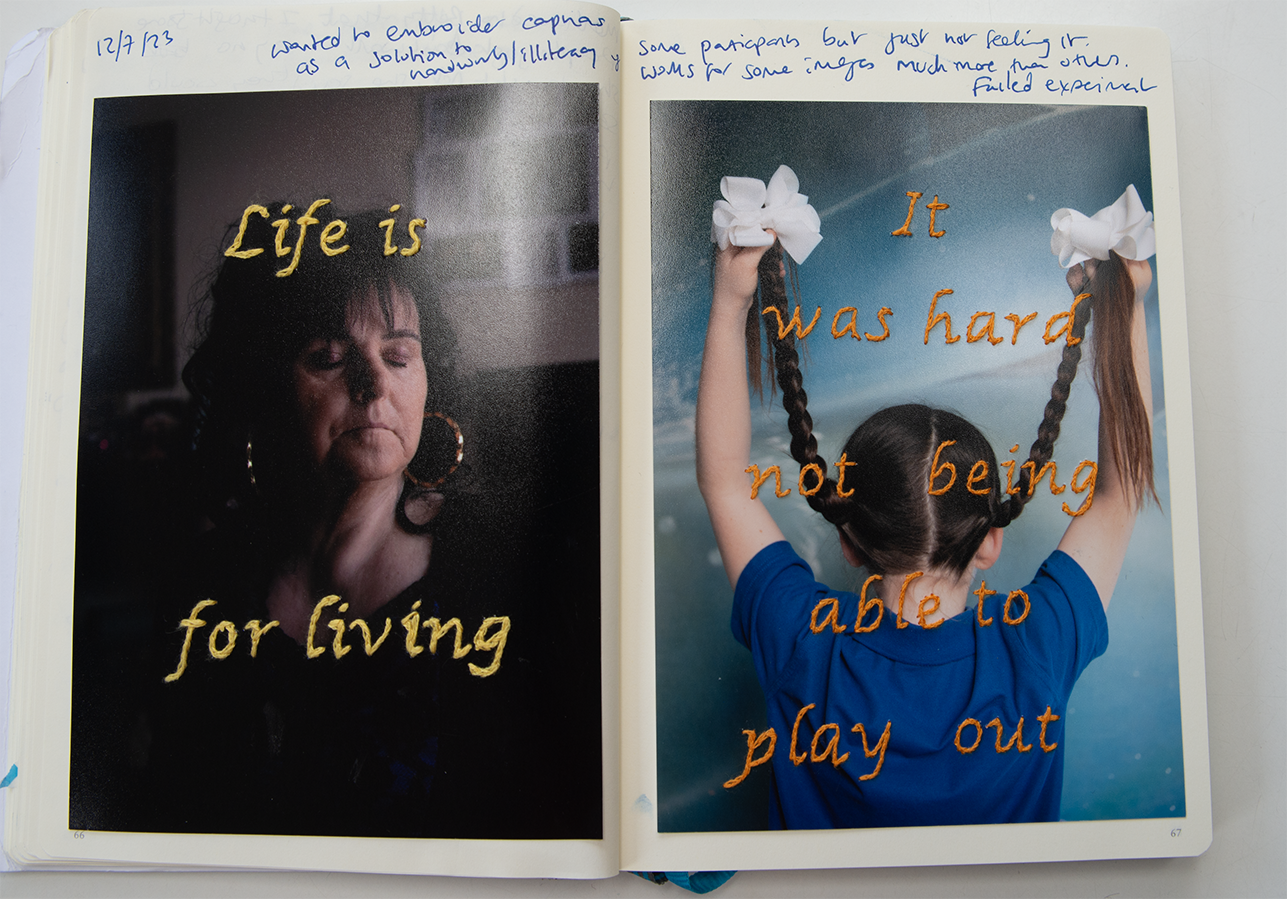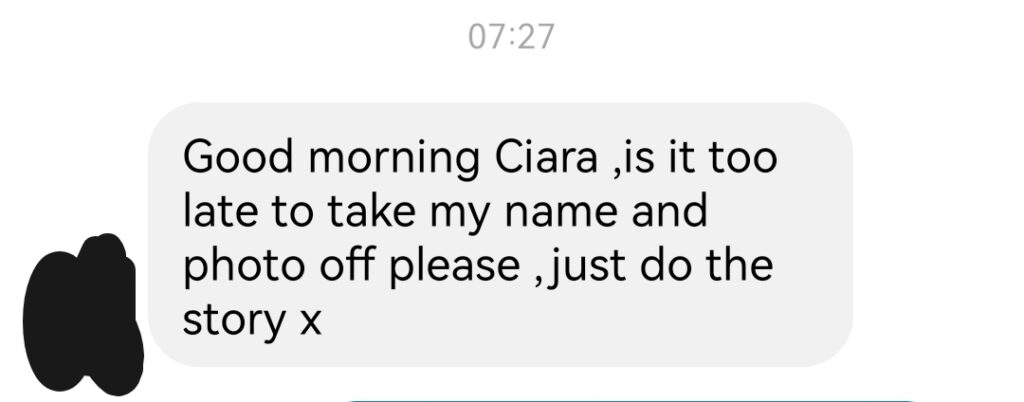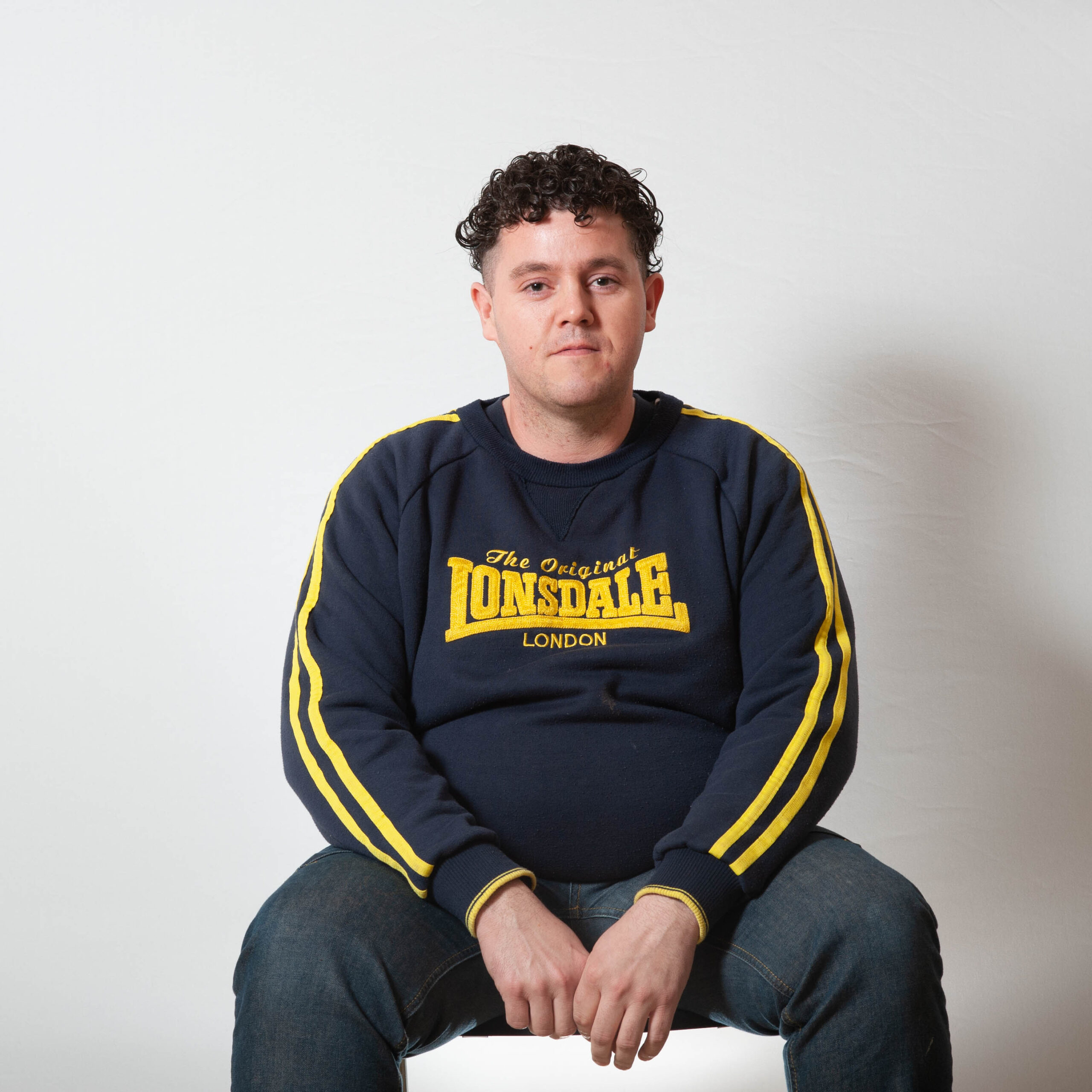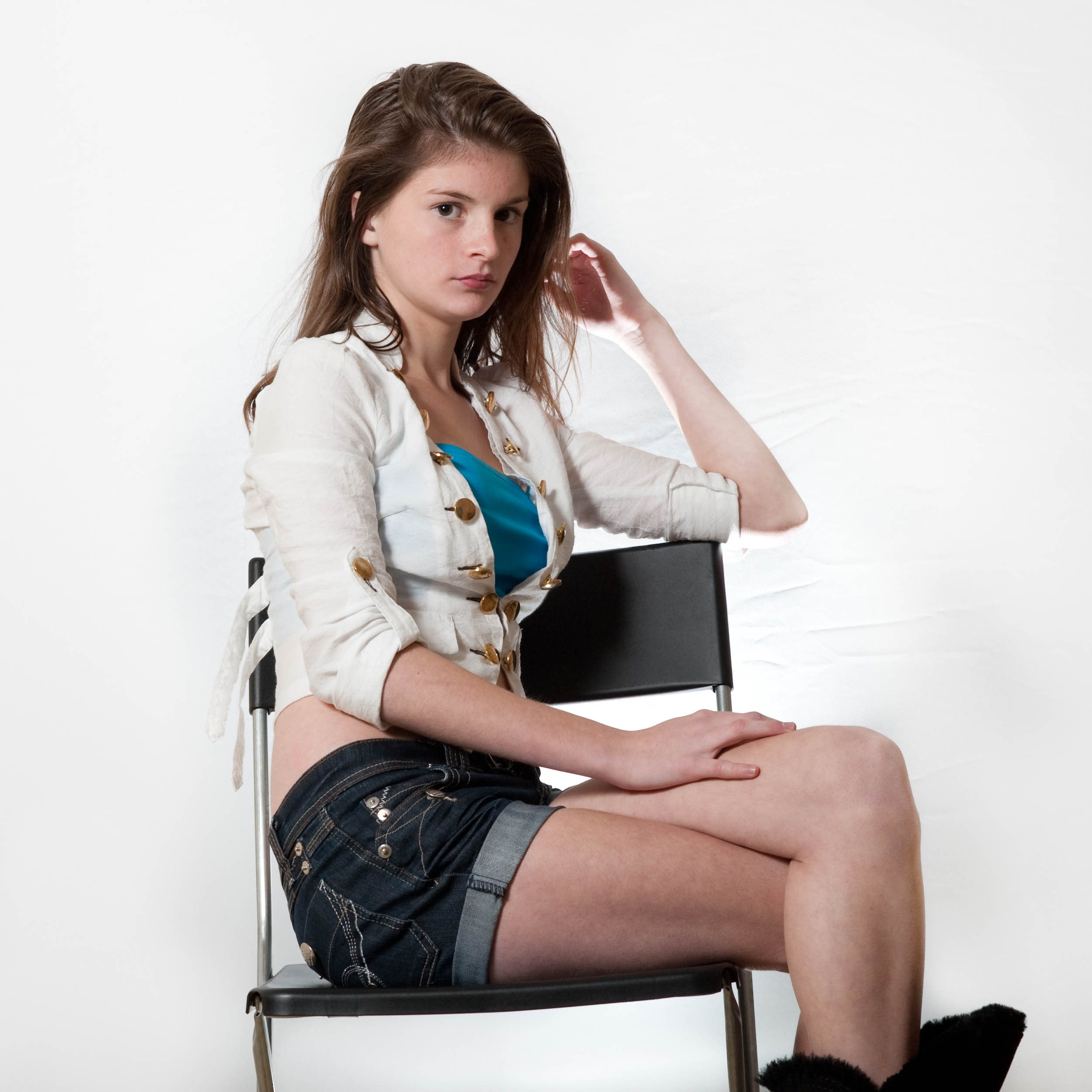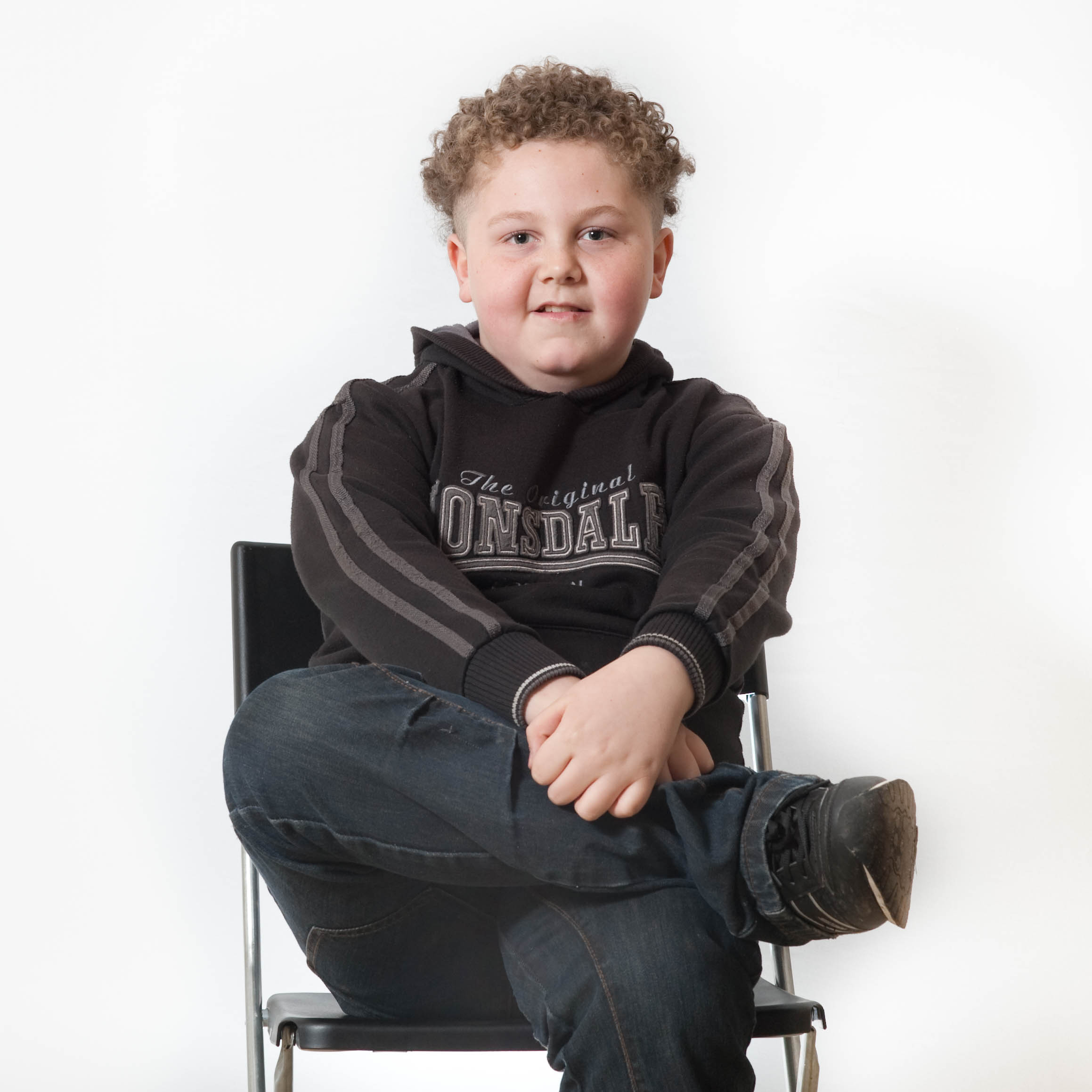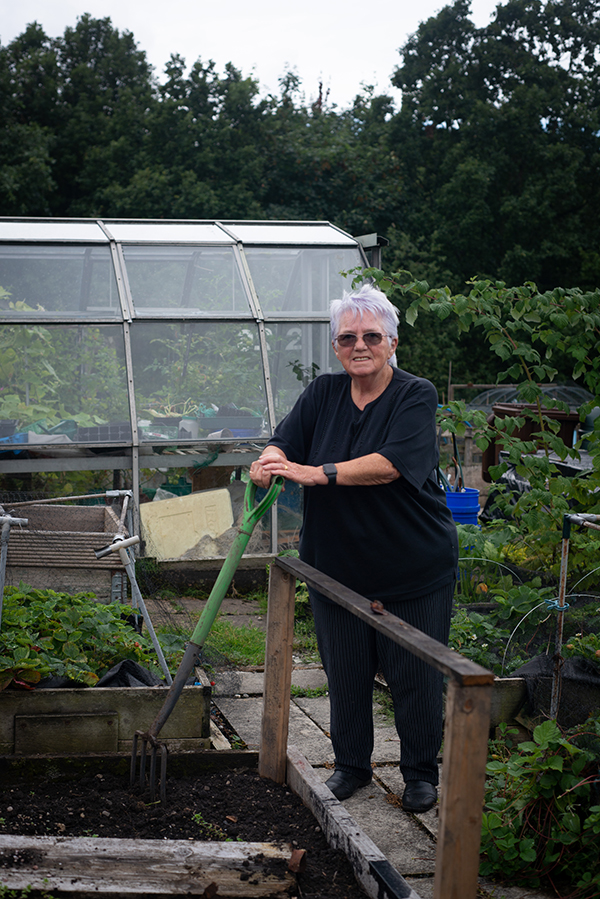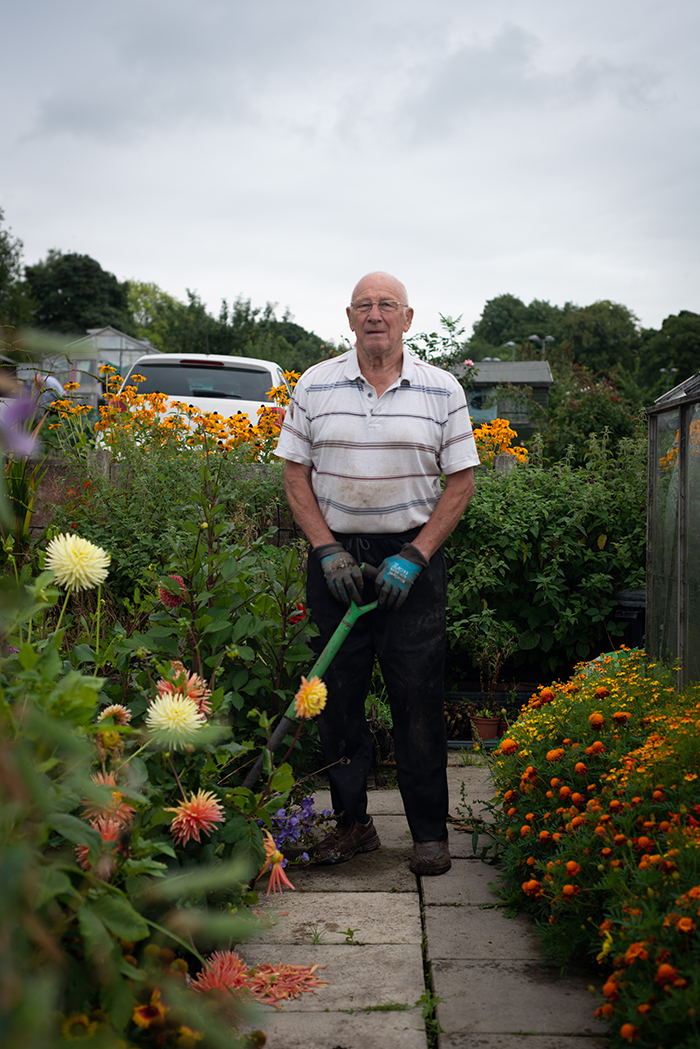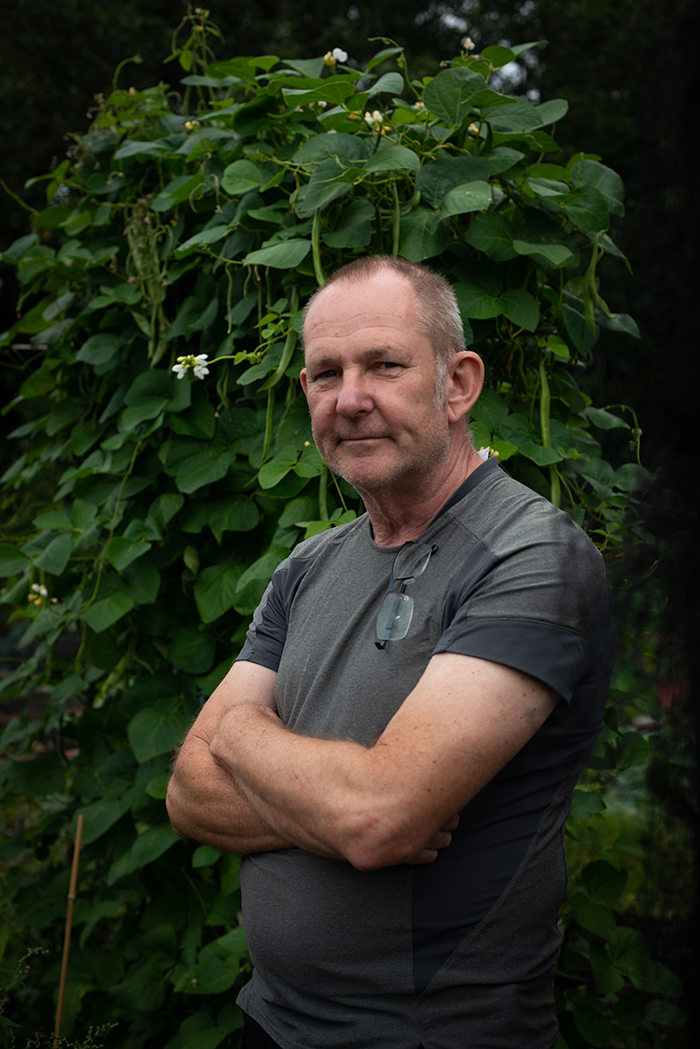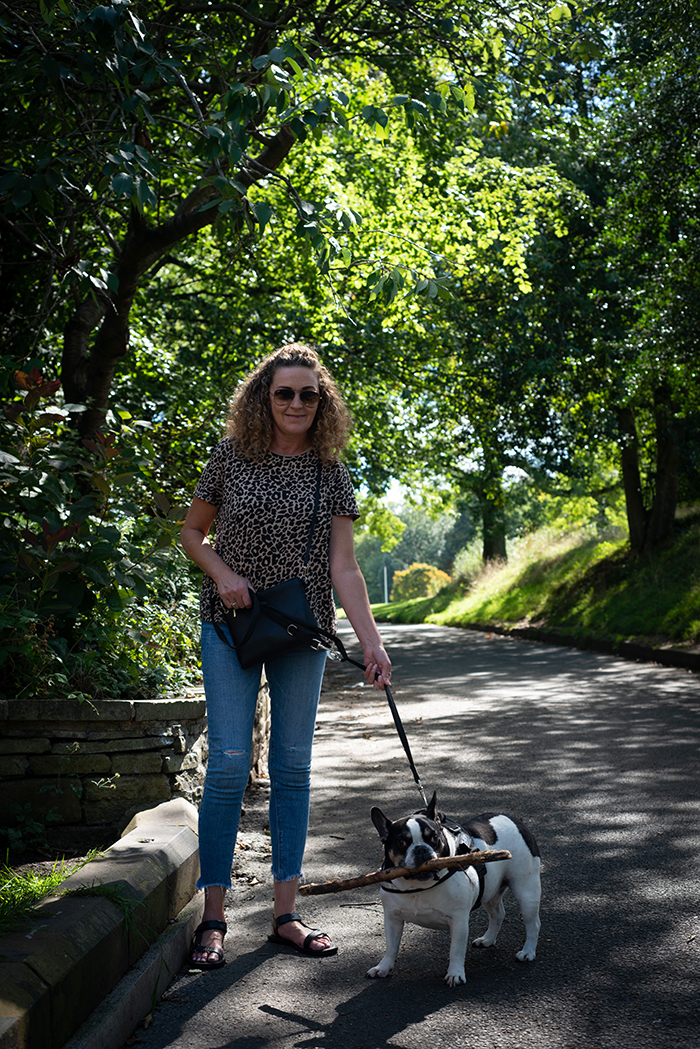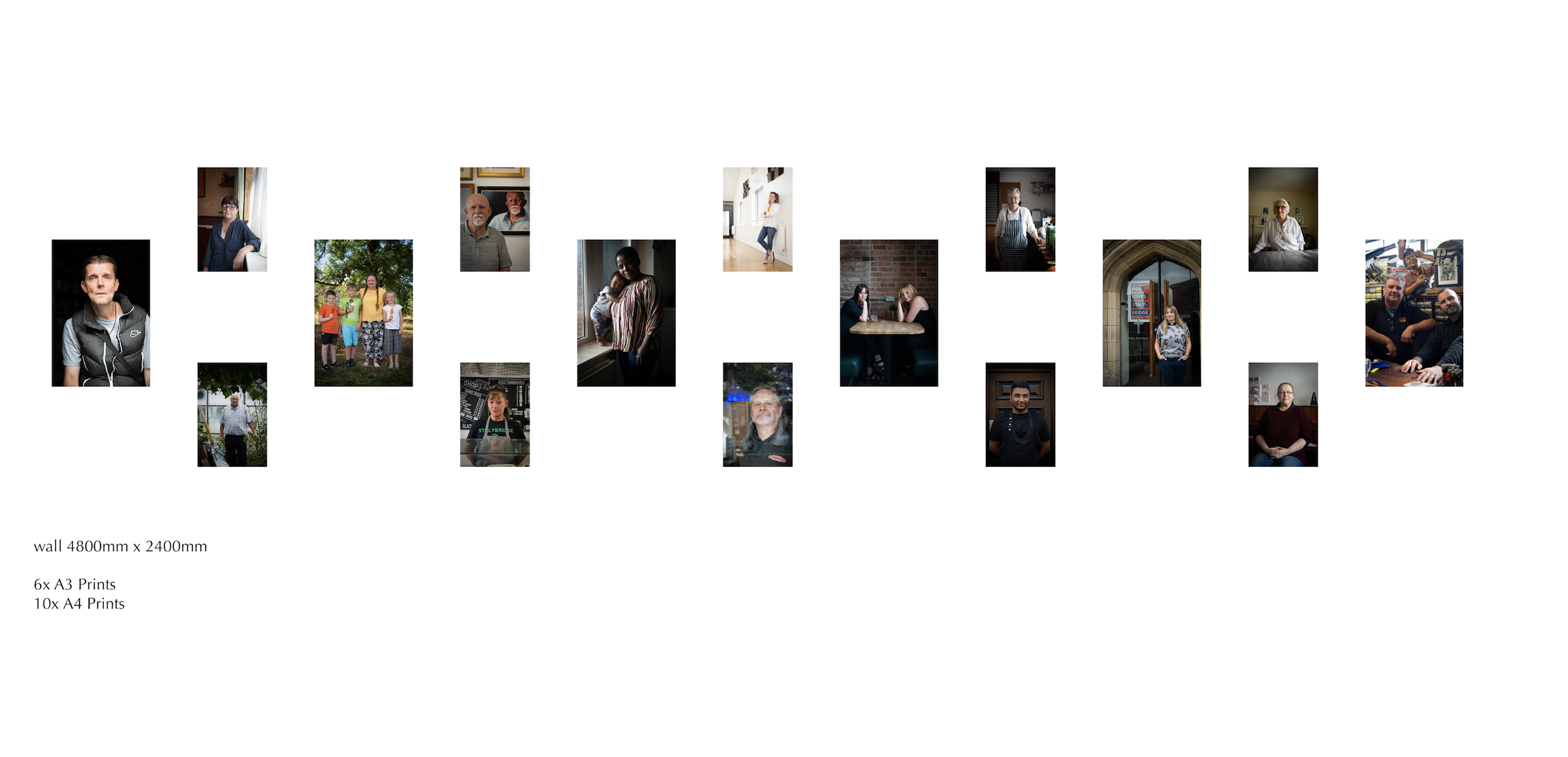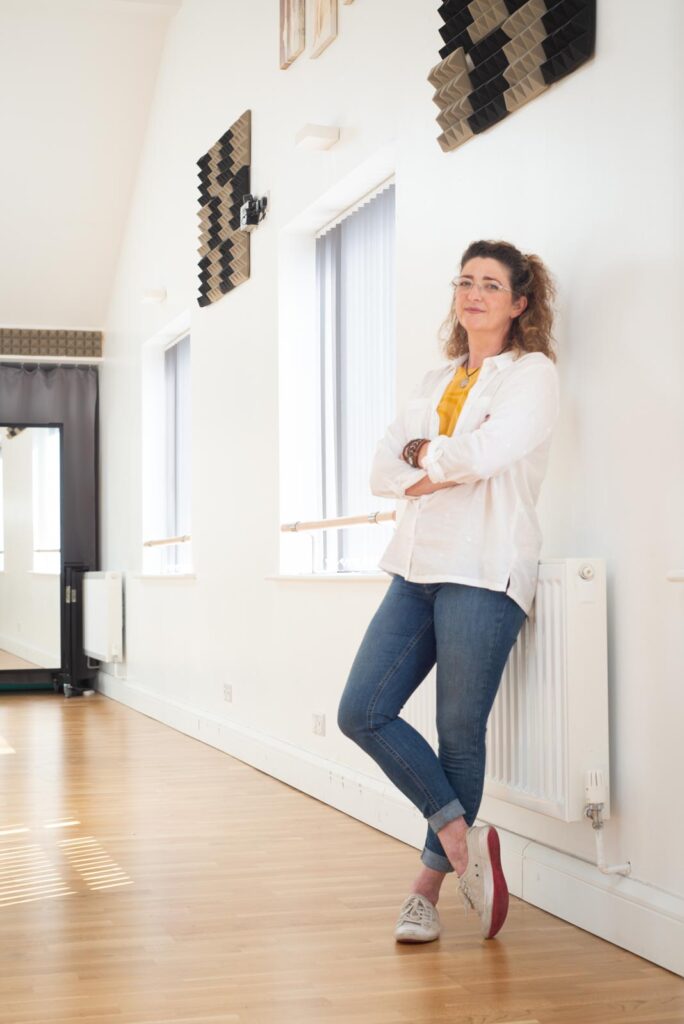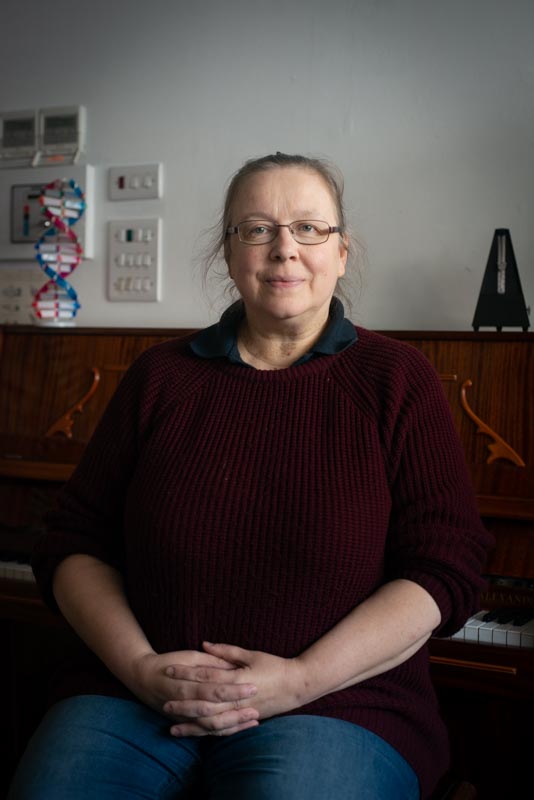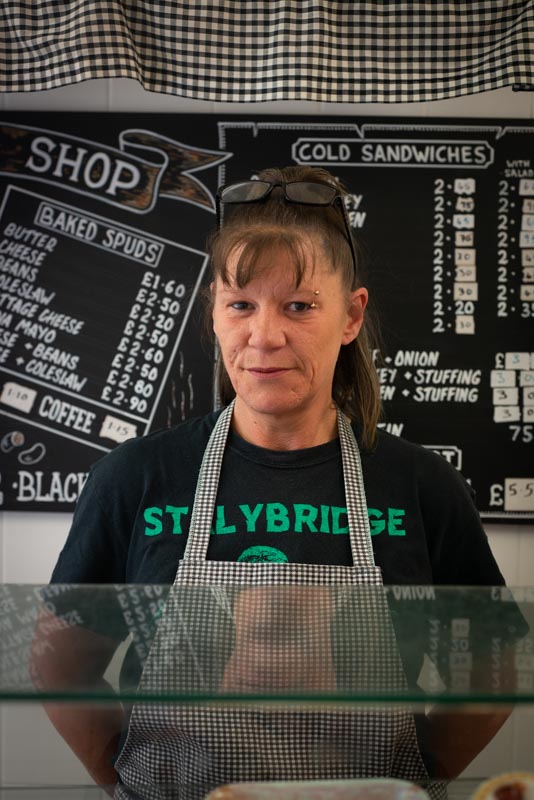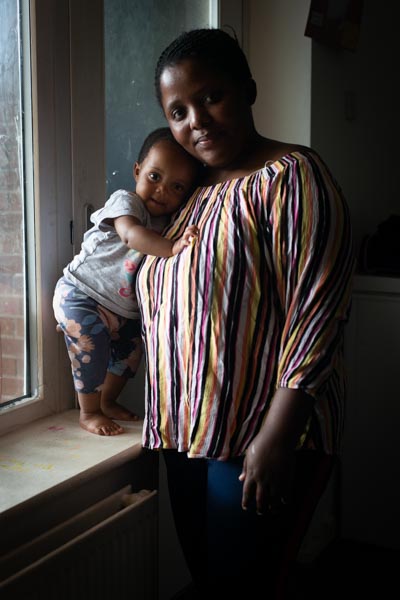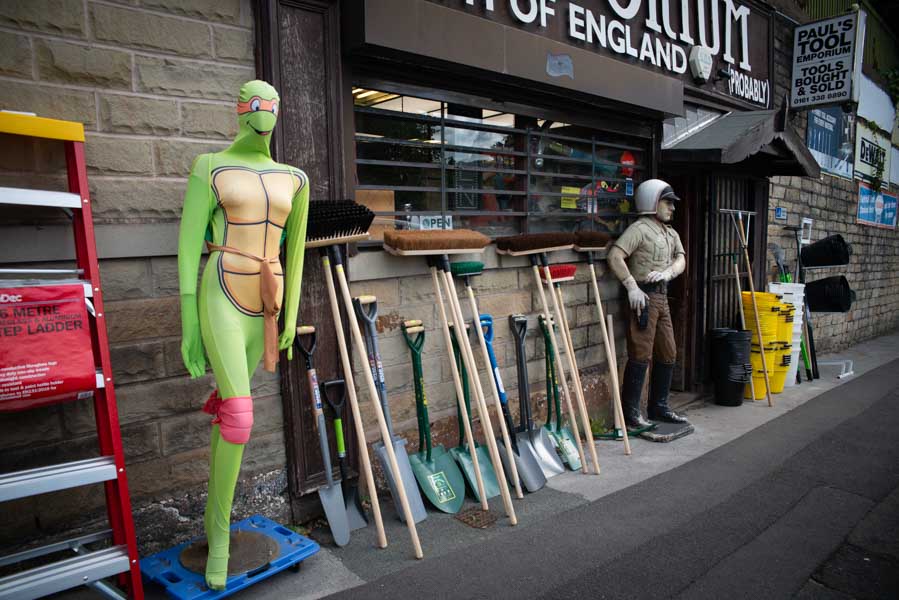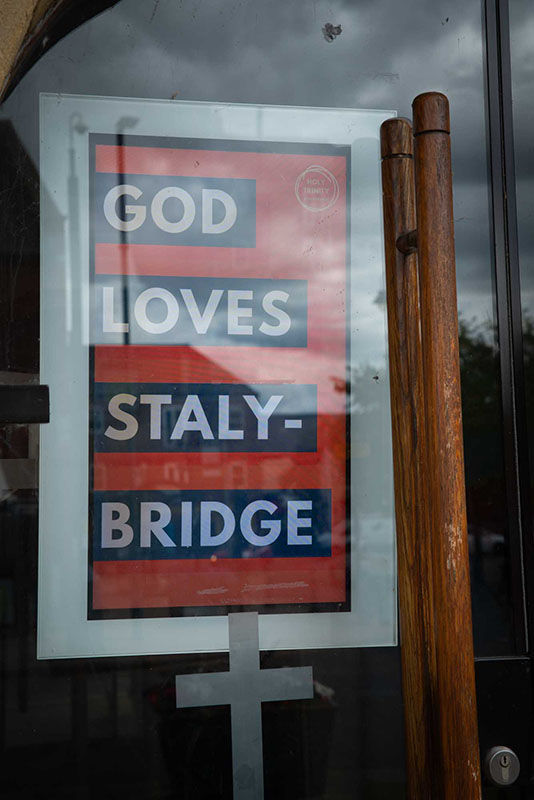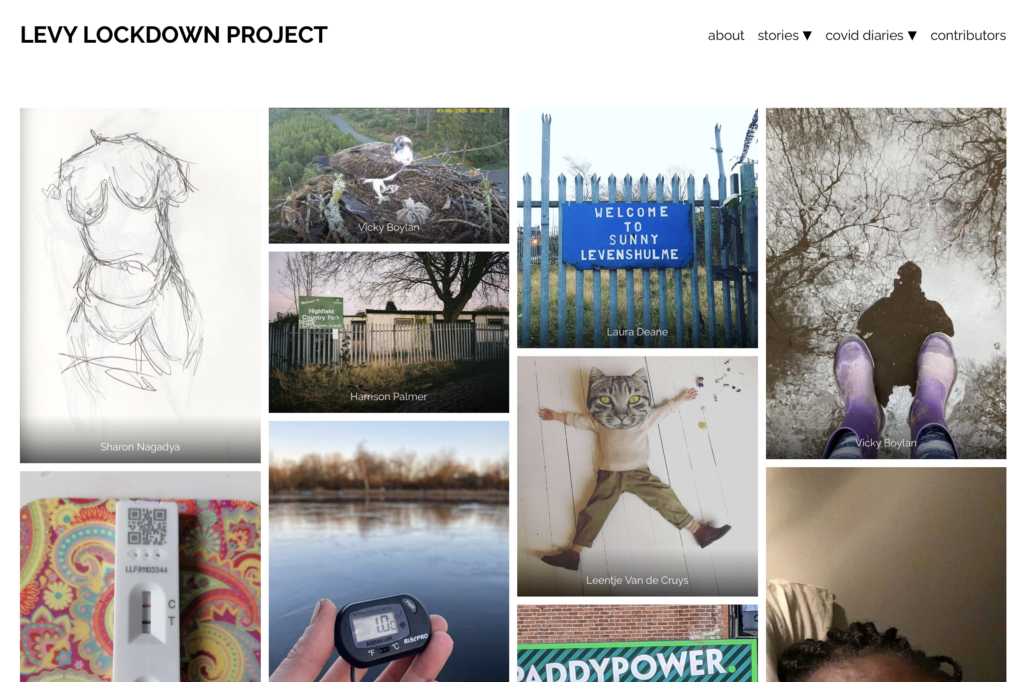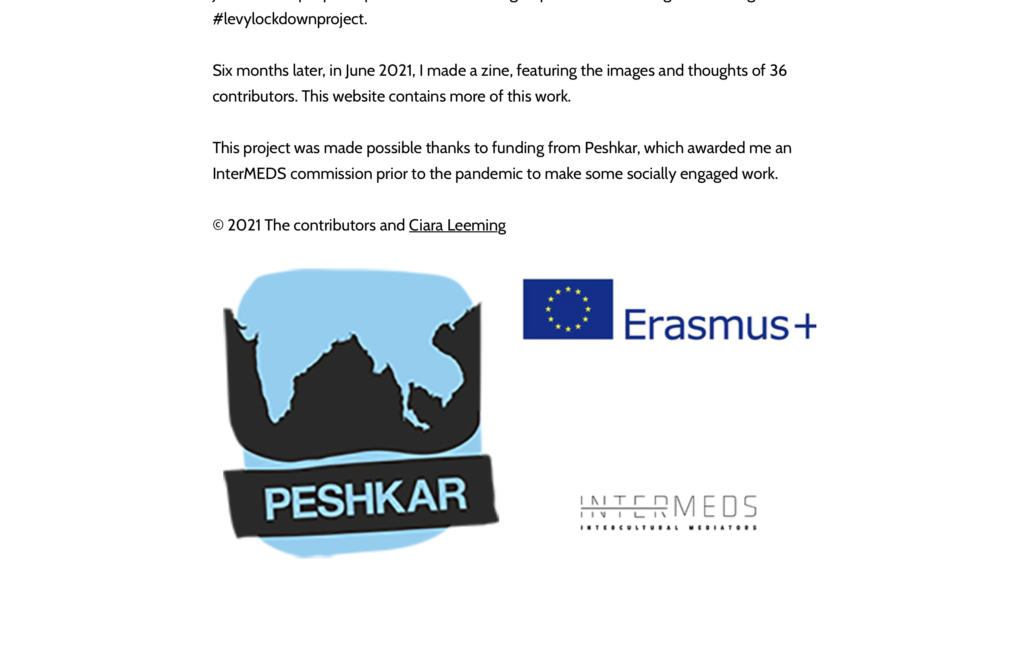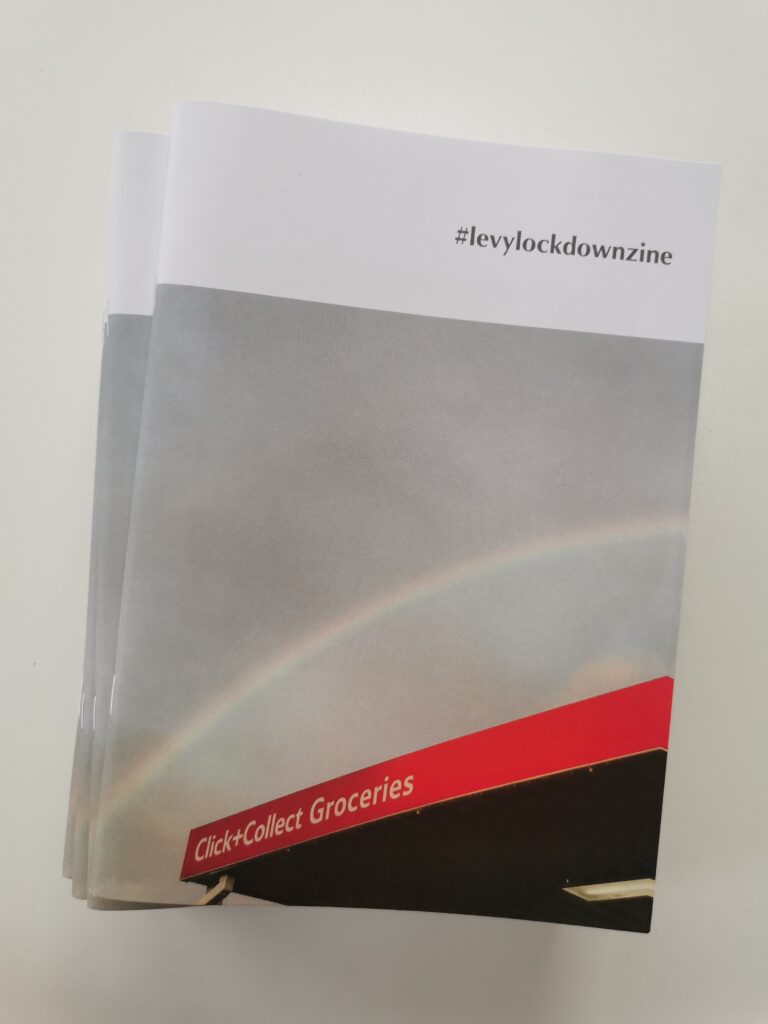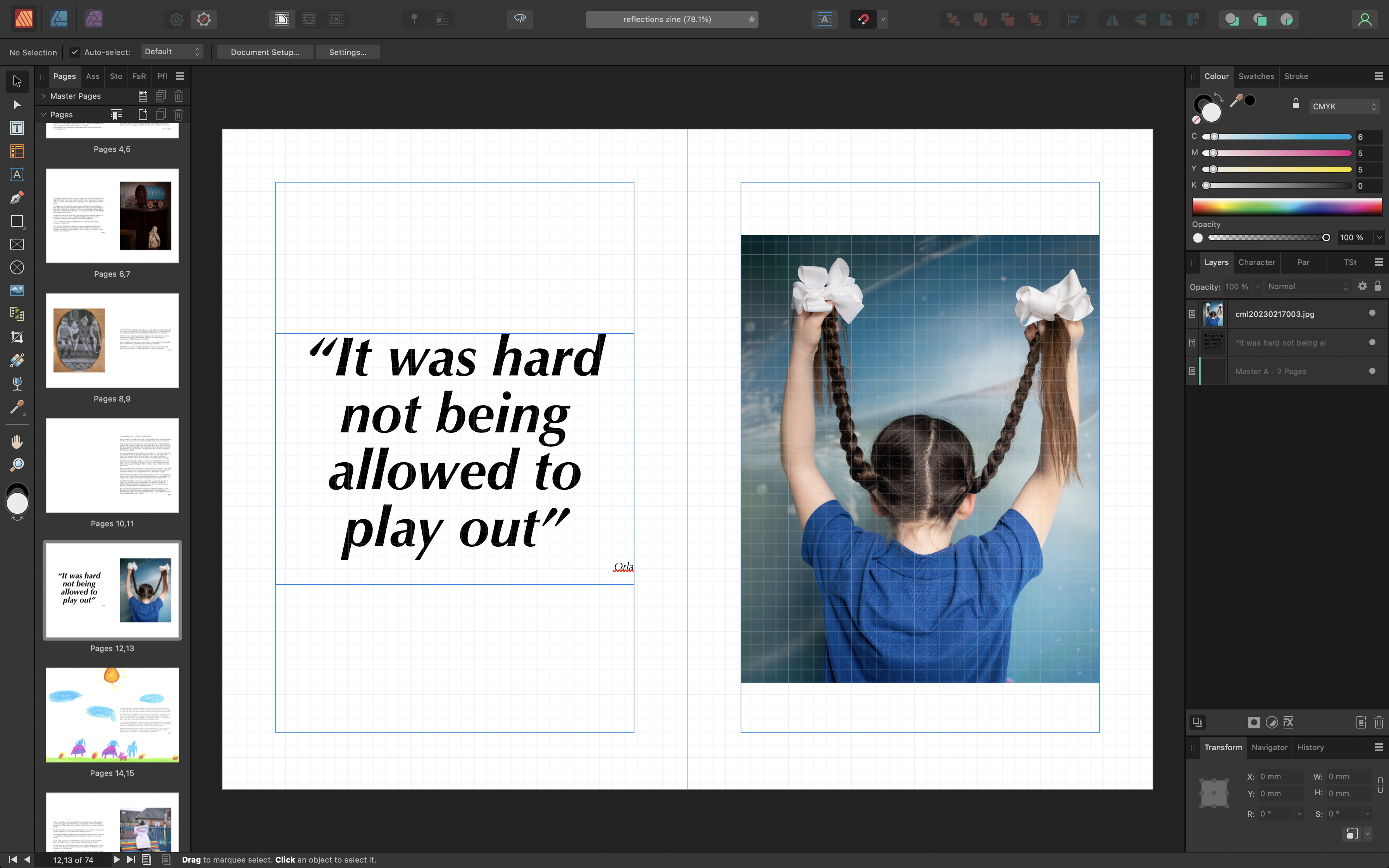
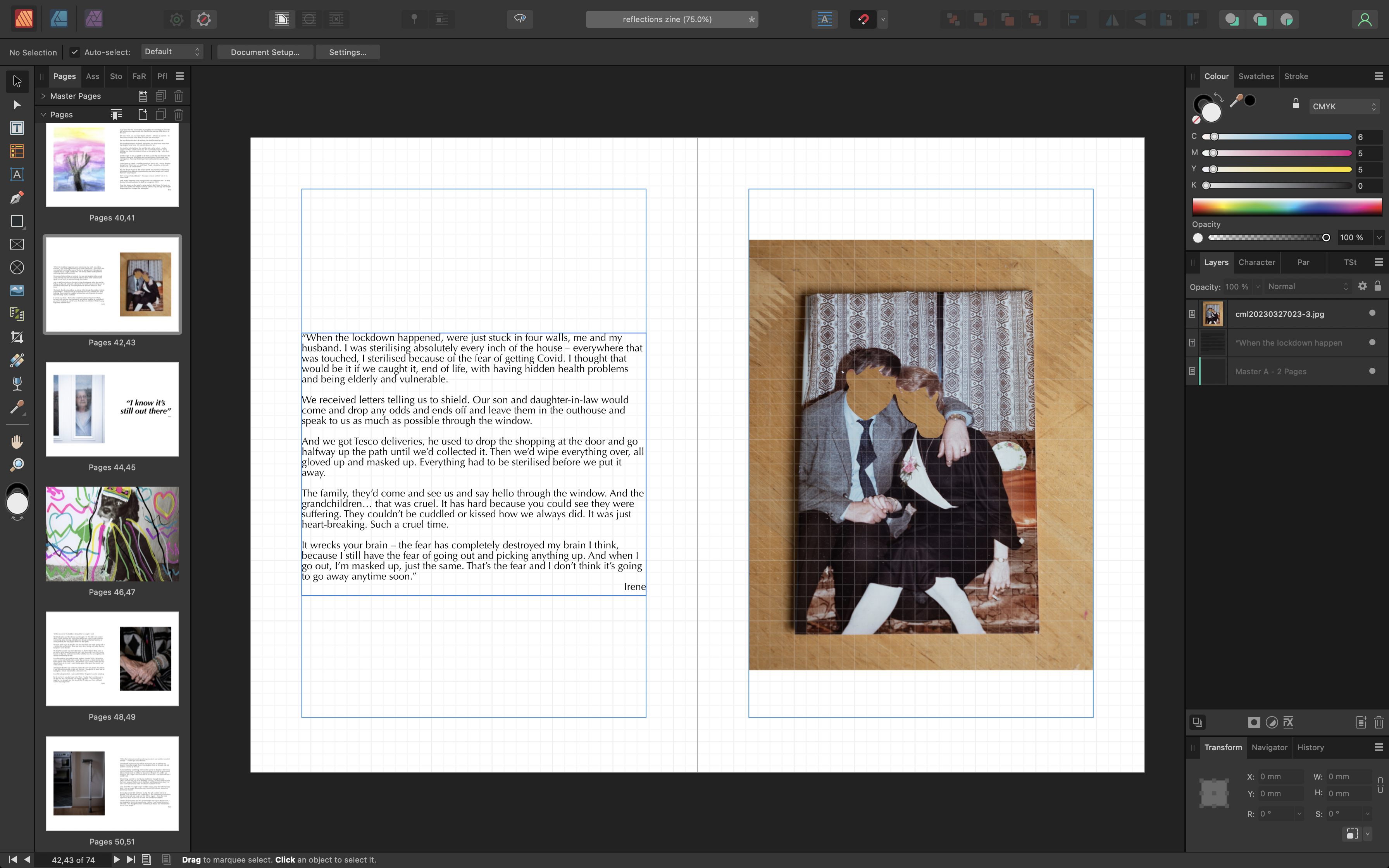
I’ve spent the past couple of weeks manically trying to finish off my Open Eye Gallery Reflections project before my kids break up for the summer holidays.
Over the past year I’ve been working with women from the Romani and Irish Traveller community in Cheshire West to document their experiences of the pandemic. The project is one of three ‘reflections’ commissions funded by the local authority.
There have been some delicate moments along the way (eg when someone withdrew consent for their images) and there are some sensitivities due to the council being the funder – Travellers don’t always have the best relationship with the local authority, so I’ve had to do some reassuring about my independence along the way. However, the relationships I’ve built with participants have been strong and respectful and everyone seems happy at this stage. A few people in my project live with quite poor health, which made things difficult sometimes but it’s all come together in the end. I’ve been very lucky to have received mentoring from socially engaged photographer Anthony Luvera during this project – I was fortunate to get a CPD budget in the New Exchange development project which I was involved in earlier this year and that’s what I chose to spend it on.
My project is called Got Through It, which is a quote from one of my participants. I’ve edited a series of audio clips of some participants talking and I’ve designed a zine, which I plan to print copies to give to participants and a few extras. However it’ll probably be mainly accessible online – there will be a QR code in the exhibitions which take people to all this extra stuff on the project website which the council has built. The work will be exhibited it empty shop windows in Chester in September, and also in a group show at Open Eye Gallery at around the same time. I’m actually really proud of the work – seeing it in the book form made me realise that there’s some really good work in there. I’m very happy to have been given this opportunity to work with a community that I love so much.
